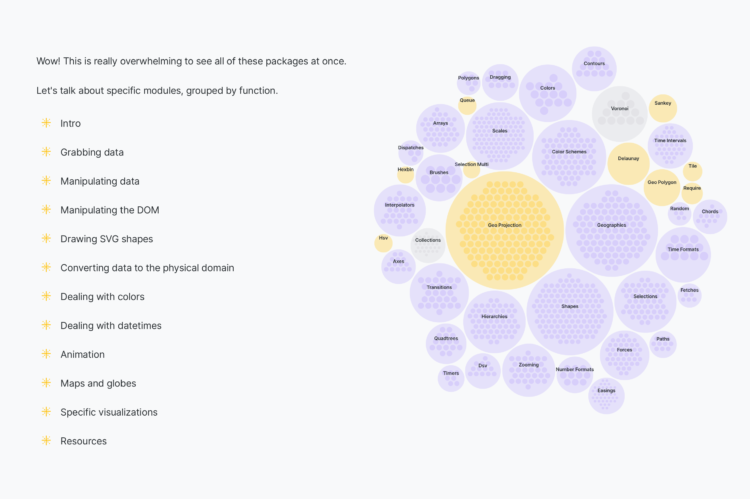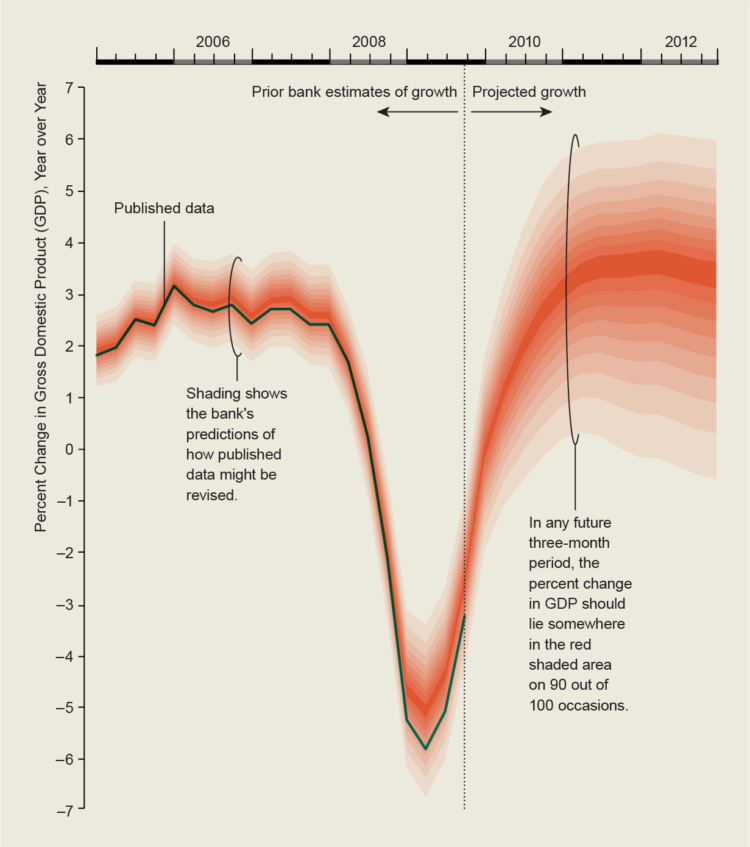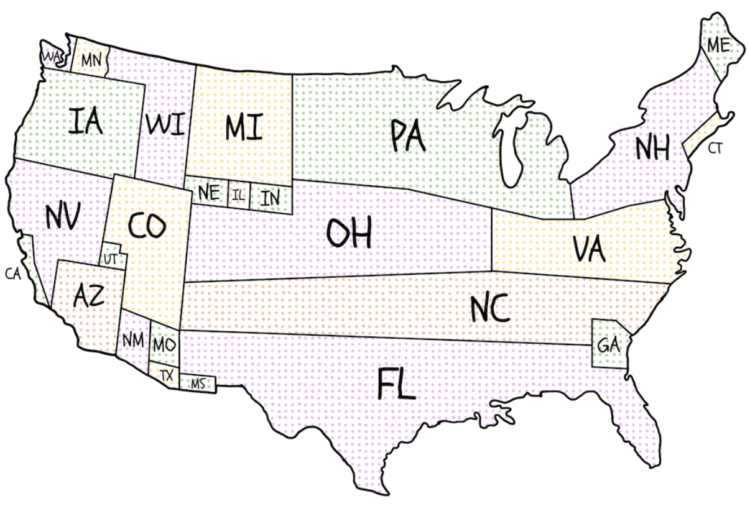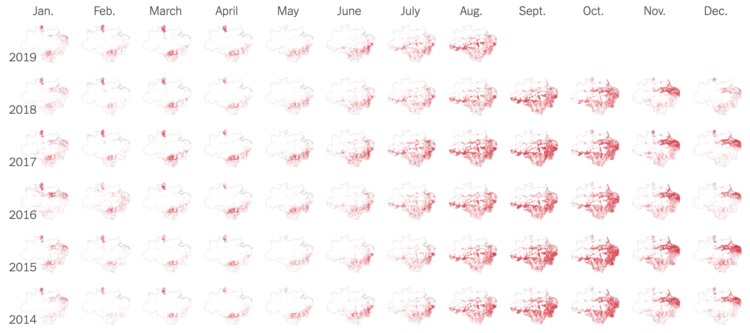In regards to the press release that seemed to contradict the National Weather Service forecast, Craig N. McLean, chief scientist of NOAA:
During the course of the storm, as I am sure you are aware, there were routine and exceptional expert forecasts, the best possible, issued by the NWS Forecasters. These are remarkable colleagues of ours, who receive our products, use them well, and provide the benefit of their own experience in announcing accurate forecasts accompanied by the distinction of all credible scientists—they sign their work. As I’m sure you also know, there was a complex issue involving the President commenting on the path of the hurricane. The NWS Forecaster(s) corrected any public misunderstanding in an expert and timely way, as they should. There followed, last Friday, an unsigned press release from “NOAA” that inappropriately and incorrectly contradicted the NWS forecaster. My understanding is that this intervention to contradict the forecaster was not based on science but on external factors including reputation and appearance, or simply put, political.
It’s gross that such a letter was even necessary, but I’m glad McLean published it.
















 Visualize This: The FlowingData Guide to Design, Visualization, and Statistics (2nd Edition)
Visualize This: The FlowingData Guide to Design, Visualization, and Statistics (2nd Edition)










